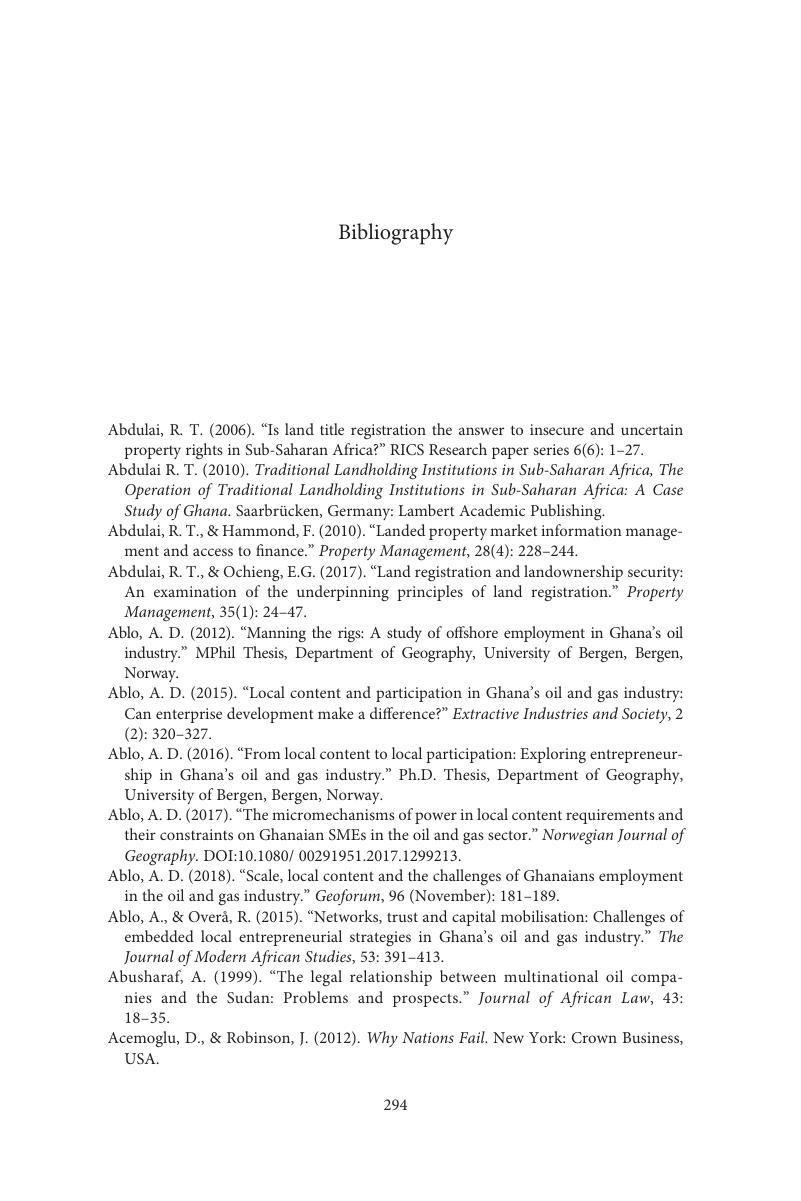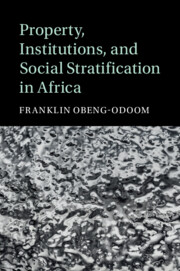Bibliography
Published online by Cambridge University Press: 27 March 2020
Summary

- Type
- Chapter
- Information
- Property, Institutions, and Social Stratification in Africa , pp. 294 - 347Publisher: Cambridge University PressPrint publication year: 2020



